THE INSIDE TRACK • November 2023
Cracking the world’s most mysterious airport codes
LHR, LAX… There are some airport codes that make immediate sense, and then there are the headscratchers. Two-times nominee at the Aerospace Media Awards, Gordon Smith delves into the interesting stories behind some of the more perplexing codes so you can be the smartest person on the concourse…
When you’re at the check-in desk, do you ever take a moment to check out the tags attached to your baggage? Alongside your name and flight number, you’ll see three letters printed in big block capitals. These special codes, managed by the International Air Transport Association (IATA), signify the destination airport and are vitally important for airline operations. Designators for UK gateways such as London Heathrow (LHR), Manchester (MAN) and Edinburgh (EDI) are unlikely to have the boffins at Bletchley Park breaking a sweat, but others aren’t quite so straightforward. We’ve rounded up some of the more obscure combinations from across our global route network to discover the meaning behind the mystery.
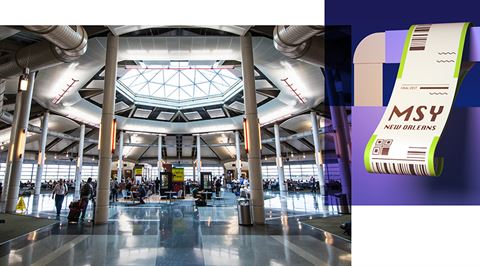
New Orleans (MSY)
You might know that New Orleans international airport is named in honour of legendary musician Louis Armstrong, but why does it use MSY? In the early 1900s, a fledgling facility east of downtown New Orleans was proving to be a magnet for budding aviators. The best-known was John Moisant, a pioneer who achieved a range of remarkable flying firsts at the airfield. The area was later used for cattle farming and renamed as the Moisant Stock Yards in tribute to the aerospace aficionado. In the 1940s, officials struck a deal with the US military to build a new commercial airport at the site and, despite the cows eventually being replaced by queues of passengers, the MSY name was retained.
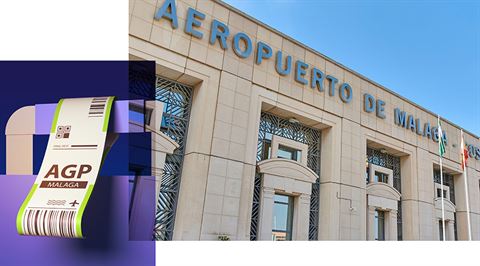
Malaga (AGP)
As your baggage arrives on the Costa del Sol carousel, have you ever wondered why Malaga airport has its quirky signifier? IATA rules state that codes must be three letters, which doesn’t leave much wiggle room for possible combinations. With the most obvious choice – MAL – taken by Malone-Dufort airport in New York, and the rest snapped up by other global gateways, the two middle letters of the word ‘Malaga’ were taken to create something unique. As for the third, local legend has it that ‘P’ was selected as a tribute to one of the city’s most famous sons, Pablo Picasso.
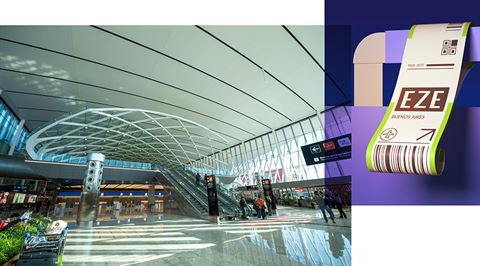
Buenos Aires (EZE)
This one might be ‘E-ZE’ for locals, but less obvious for those from further afield. The main airport serving the Argentinian capital goes by EZE, which doesn’t seem to have any link to its surroundings. However, the busy hub, located 20 miles southwest of downtown Buenos Aires, is actually named after Ezeiza, the small city in which the airport is situated.
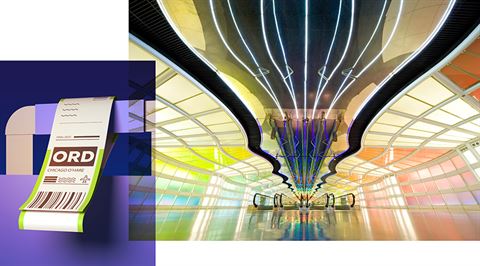
Chicago O’Hare (ORD)
At first glance, you’d be forgiven for thinking the ‘O’ is linked to O’Hare, but this isn’t the case. The three-letter signifier refers to Orchard Field, a small town close to the airport site when it was selected to be Chicago’s new air hub in 1945. Four years later, local authorities renamed the complex in honour of naval aviator Lieutenant Commander Edward H ‘Butch’ O’Hare, but the original airport code was left unchanged.
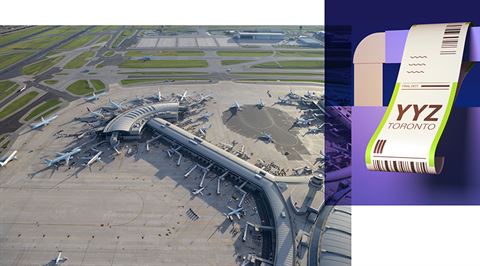
Toronto (YYZ)
Why, oh why, is Toronto’s main airport YYZ? The short answer comes in two parts. The first ‘Y’ is common to almost all airfields in Canada and harks back to the boom in air travel, which saw codes changed from two characters to three. Across the nation, a Y prefix was typically added to the existing signifier to bolster its length. As for the ‘YZ’, most aviation historians agree that this stems from the transmitter code for the railway station in Malton, Ontario, which was located where Toronto’s Pearson international airport sits today.
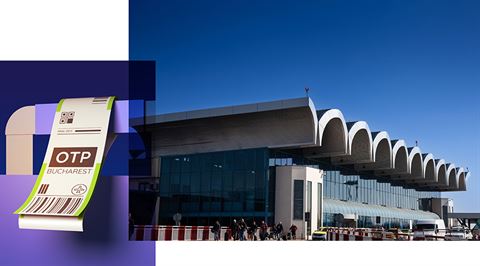
Bucharest (OTP)
Budapest is BUD, Sofia is SOF, so why is Bucharest OTP? Unlike some of its neighbours, the code for Romania’s capital is not a direct reference to the primary city it serves. The OTP actually refers to the small town of Otopeni, which is home to the busy gateway. In 2004, the airport was named after Romanian flight pioneer Henri Coandă, however the code was not altered.
More from previous issues

My Club: the Michelin chef
Asimakis Chaniotis shares his passion for Greek cuisine and British Airways
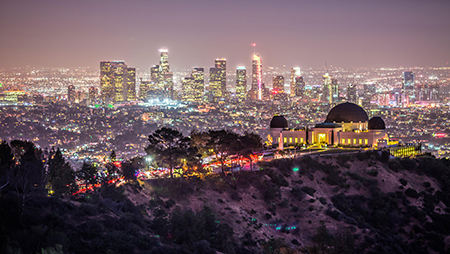
Going for Gold: Andrew Barker
The journalist and Silver Member on the contrasts between London and LA, the art of freshly shaken margaritas and his love of Chile
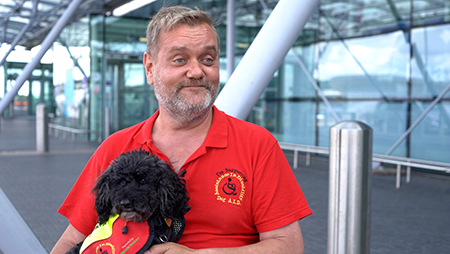
How I learned to fly again
Find out how Brian Hickman flew again this summer with a little help from us and a small dog called Lily
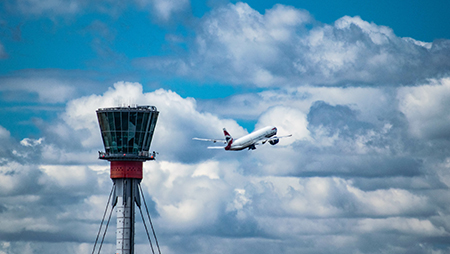
What’s the best way to get to Heathrow airport?
Tube, train or automobile? We reveal the pros and cons of routes to London’s busiest airport
